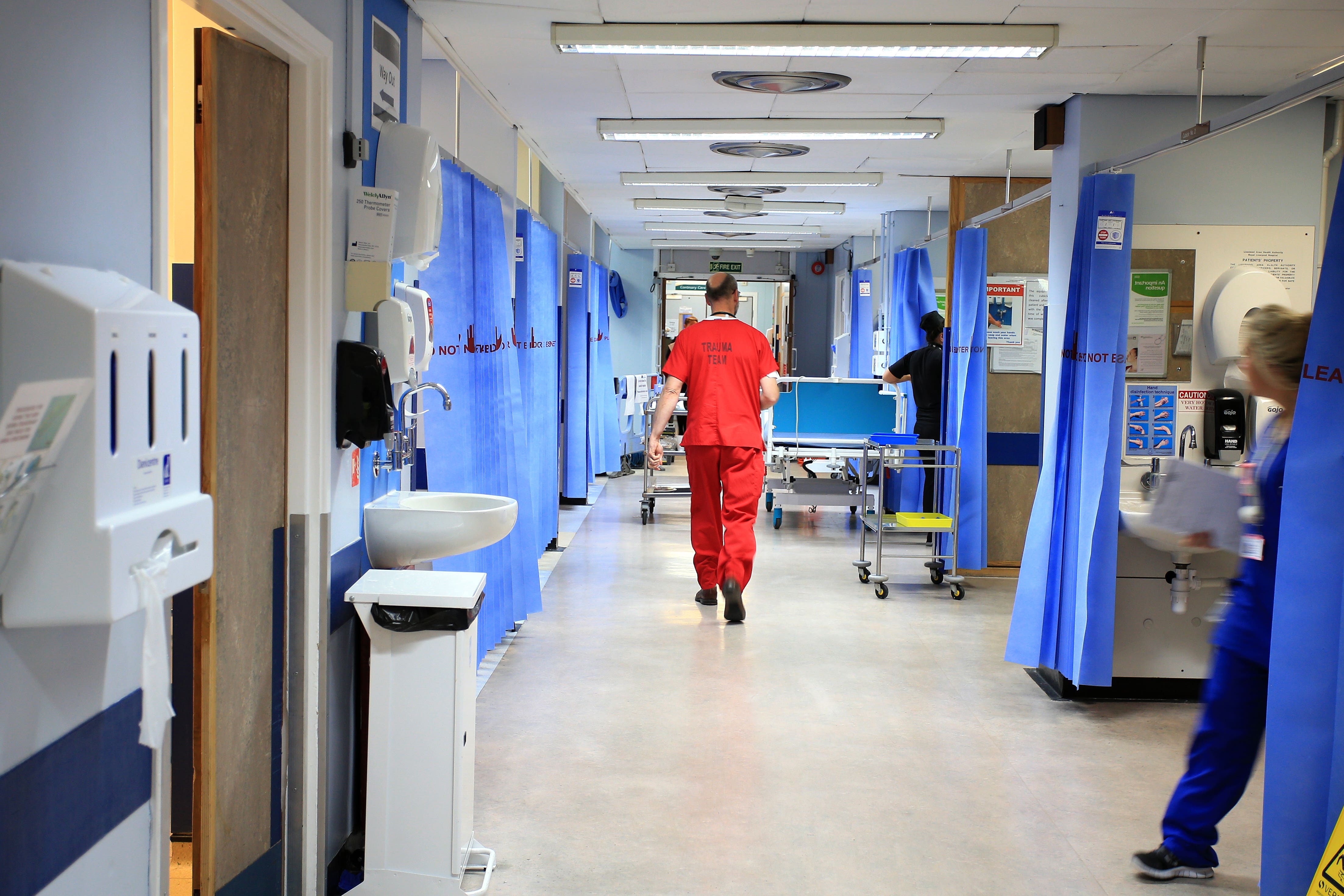New type of CPR ‘could save more patients in cardiac arrest’
Patients could be offered advanced form of resuscitation if they do not respond to traditional CPR

Your support helps us to tell the story
From reproductive rights to climate change to Big Tech, The Independent is on the ground when the story is developing. Whether it's investigating the financials of Elon Musk's pro-Trump PAC or producing our latest documentary, 'The A Word', which shines a light on the American women fighting for reproductive rights, we know how important it is to parse out the facts from the messaging.
At such a critical moment in US history, we need reporters on the ground. Your donation allows us to keep sending journalists to speak to both sides of the story.
The Independent is trusted by Americans across the entire political spectrum. And unlike many other quality news outlets, we choose not to lock Americans out of our reporting and analysis with paywalls. We believe quality journalism should be available to everyone, paid for by those who can afford it.
Your support makes all the difference.More heart patients could be saved thanks to a new type of “advanced” CPR which involves hooking up patients to an artificial lung machine.
People who suffer cardiac arrest – when the heart stops pumping blood around the body – could be offered the advanced form of resuscitation if they do not respond to traditional CPR thanks to a new service in the Thames Valley region.
The service, the first of its kind in the UK, will see patients taken to Harefield Hospital by Thames Valley Air Ambulance to receive “E-CPR”.
E-CPR a resuscitation method which sees patients connected to a machine which pumps blood through an artificial lung outside the body when a patient’s own circulatory system is unable to function properly.
Patients will receive CPR while hooked up the machine, also known as an ECMO (extracorporeal membrane oxygenation).
This new service, combining CPR with placing patients on ECMO, has the potential to save more lives than we are able to do with CPR alone.
A small study in 2020 suggested that the advanced treatment can improve survival rates among patients compared to standard CPR.
The treatment is already offered to some patients who have had cardiac arrest while at Harefield Hospital, a specialist heart and lung hospital in north-west London.
The scheme is now being extended to include patients outside of hospital who do not respond to typical treatment.
Doctors hope that patients will be hooked up to the machine within 60 minutes from the cardiac arrest to give people the best chance of survival.
Dr Waqas Akhtar, registrar in cardiology and intensive care at Harefield Hospital and one of the developers of the service, said: “A cardiac arrest is a medical emergency where a person’s heart has suddenly stopped pumping blood around the body.
“When someone goes into cardiac arrest, it is critical to restore circulation to ensure organs are not starved of oxygen.
This is done by delivering CPR. Delivering effective CPR, whether in hospital by medical professionals, or in the community by members of the public, is important to treat patients with cardiac arrests, however, survival rates tend to be low.
“An ECMO machine takes over the function of a patient’s heart and lungs by taking deoxygenated blood out of the patient and inserting oxygenated blood back into them.
“This new service, combining CPR with placing patients on ECMO, has the potential to save more lives than we are able to do with CPR alone.”
Dr James Raitt, research lead at Thames Valley Air Ambulance, added: “Our critical care crews have been trained to quickly identify the patients who will benefit the most from E-CPR and then enact our procedures for ensuring the patient arrives as quickly as possible for the treatment.”